While we’ve all heard of Bigfoot and the Loch Ness Monster, the continent’s wildlife holds even more curious secrets. From elusive creatures to bizarre behaviors, here are 15 wild animal mysteries that continue to baffle experts.
1. The Elusive Eastern Puma: Where Have They Gone?
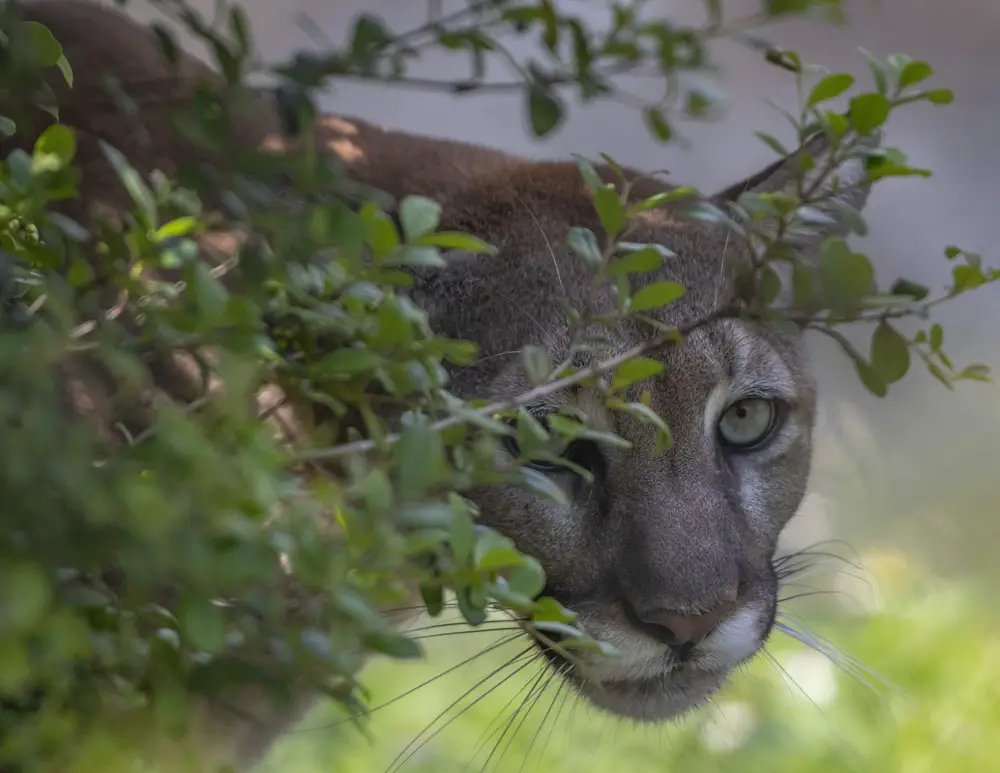
The Eastern Puma, once a majestic presence in the Appalachian wilderness, has seemingly vanished from its native habitat. Despite decades of reported sightings and anecdotal accounts, concrete evidence of their existence remains elusive. Some say they roam under the cloak of night, while others believe they’ve been driven to extinction. According to the U.S. Fish and Wildlife Service, scientists have employed camera traps and DNA analysis, but the big cats remain ghosts in the forest. This enigma deepens as each year passes without a confirmed sighting.
Could they be living in seclusion, or is it time to accept their disappearance? With no cadavers or live captures, the mystery endures. Ecologists speculate that climate change and deforestation may have forced them into territories less accessible to humans. Until a definitive answer is found, the tales of the Eastern Puma will continue to captivate and confound wildlife enthusiasts and scientists alike.
2. The Mysterious Migration of Monarch Butterflies
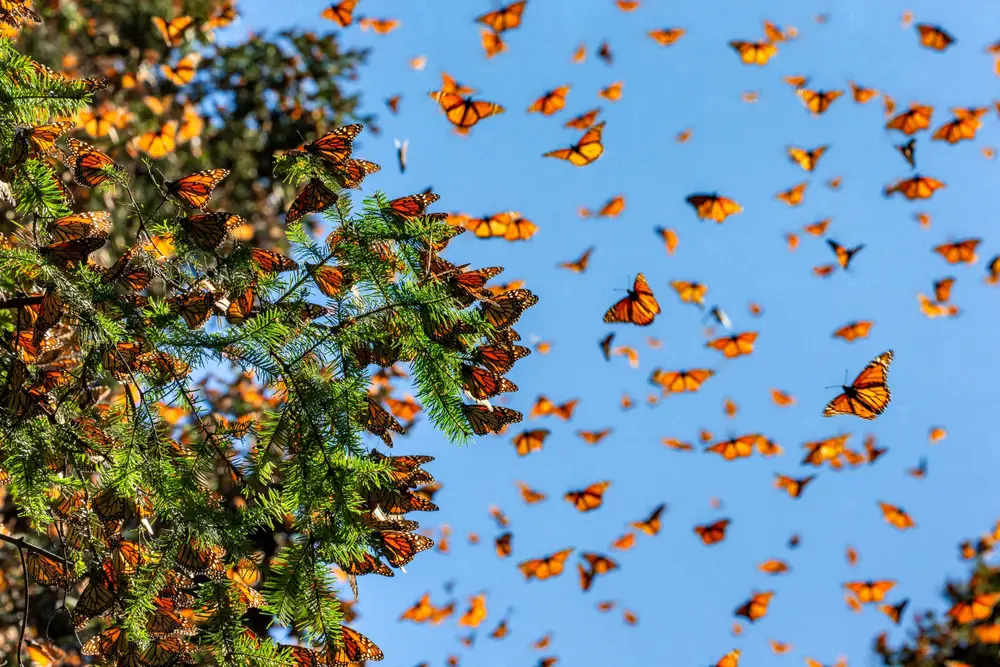
As reported by the University of Massachusetts Medical School, monarch butterflies utilize a light-dependent, inclination magnetic compass to navigate their extensive migration from Canada to Mexico. But how these delicate creatures navigate such vast distances remains a puzzle. Without GPS or maps, they use environmental cues to guide their way, yet scientists still don’t fully understand the mechanisms behind their navigation. Is it the Earth’s magnetic field, the position of the sun, or something entirely different?
What makes this journey even more perplexing is that the butterflies completing the migration are several generations removed from those that started it. How do they know where to go? Each generation’s instinctual knowledge adds to the intrigue. Researchers continue to study this fascinating phenomenon, hoping to unlock the secrets of these tiny travelers.
3. The Strange Social Structure of Prairie Dogs
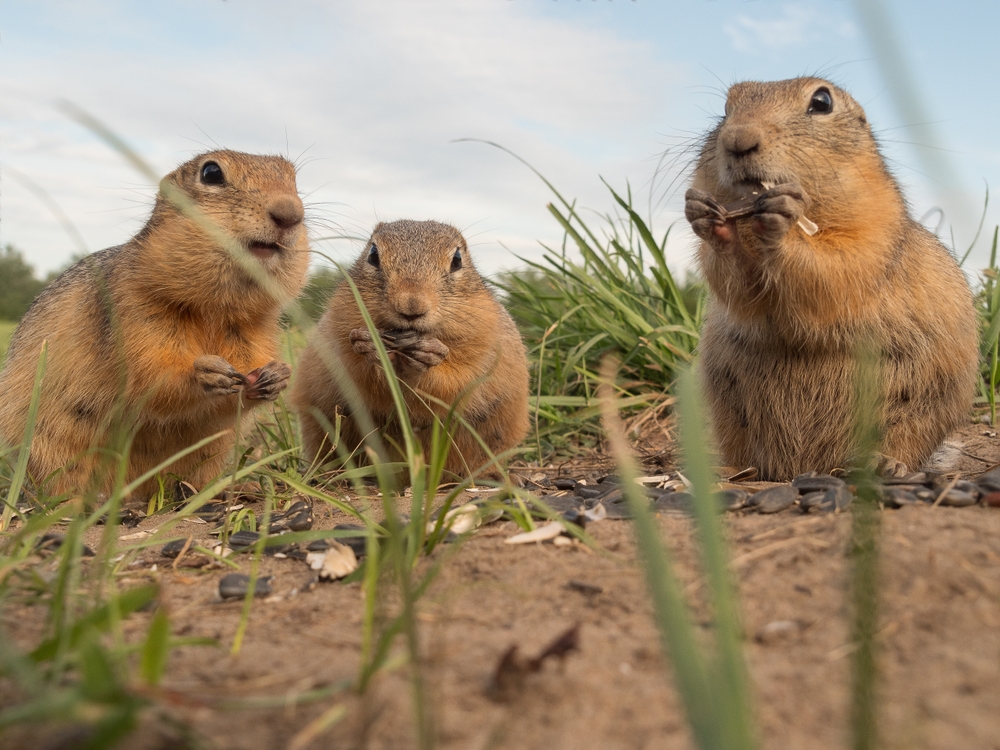
Prairie dogs, those curious critters of the Great Plains, have a complex social structure that’s baffling scientists. Living in vast underground colonies, these rodents exhibit behaviors akin to a small community. They have distinct roles and social statuses, and even engage in what appears to be “gossip.” Researchers have observed them using a sophisticated system of vocalizations to communicate, almost like a language.
The mystery deepens as scientists try to decode the prairie dog’s “language.” What are they saying with those high-pitched barks and squeals? Understanding their communication could provide insights into social structures in the animal kingdom. As researchers delve into their burrows, the social intricacies of prairie dogs continue to intrigue and surprise.
4. The Enigmatic Disappearance of Bees
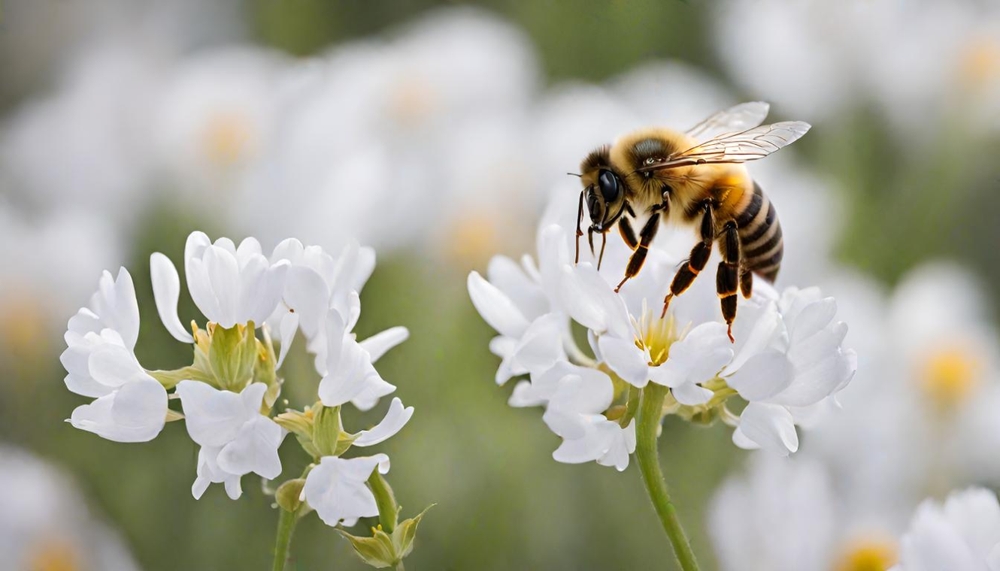
The phenomenon known as Colony Collapse Disorder (CCD) has been wiping out bee populations across North America, and its cause remains a mystery. Bees are essential pollinators, and their sudden disappearance poses a threat to ecosystems and agriculture. While pesticides, disease, and habitat loss have been proposed as culprits, no single factor has been definitively identified.
The plight of the bees has prompted urgent research to prevent further losses. Why are bees abandoning their hives? The complex interplay of environmental stressors may be the key, but understanding it fully is an ongoing challenge. As scientists race against time to unravel this enigma, the fate of the bees hangs in the balance, reminding us of the delicate interdependence of nature.
5. The Curious Case of the Lizard’s Tail
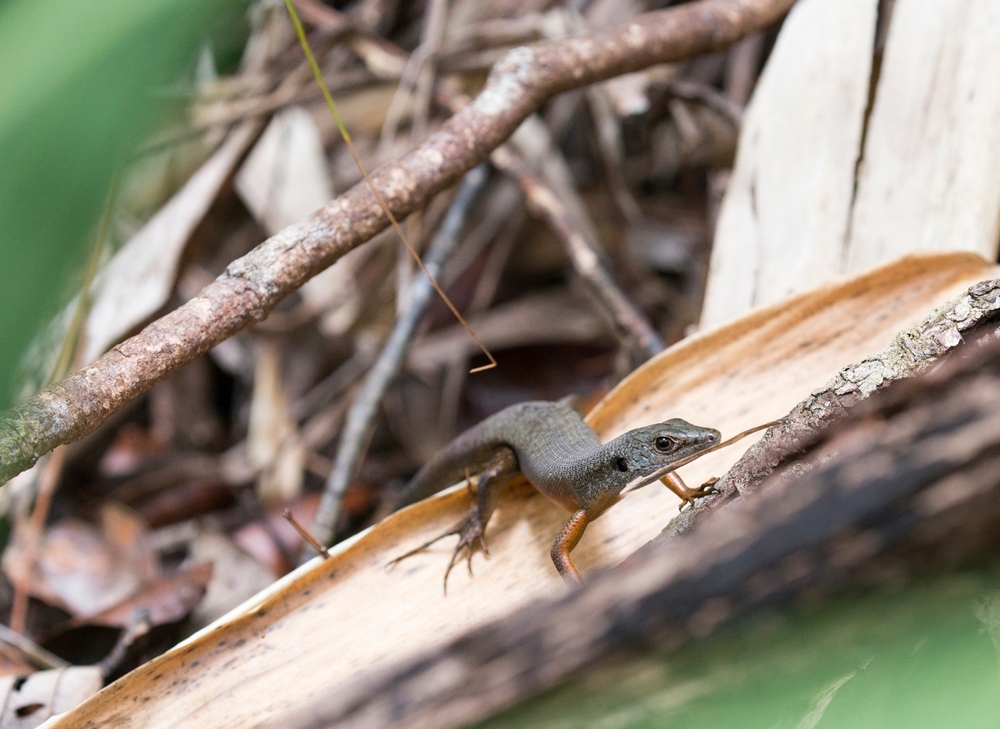
Lizards possess the remarkable ability to detach their tails as a defense mechanism, but the science behind this phenomenon continues to baffle researchers. How do they manage this feat without significant blood loss or trauma? Even more intriguing is how these reptiles can regenerate a new tail, complete with bone, muscle, and skin.
Biologists are studying the genetic and molecular processes behind tail regeneration, hoping to unlock potential applications for human medicine. Could understanding lizard biology lead to breakthroughs in regenerative medicine for humans? The answers lie in the genetic code of these resilient reptiles. Until then, the lizard’s tail remains one of nature’s most fascinating mysteries.
6. The Puzzling Paradox of the Passenger Pigeon

Once numbering in the billions, passenger pigeons were one of the most abundant bird species in North America. Yet, by the early 20th century, they had vanished completely. How did such a prolific species go extinct so rapidly? While overhunting and habitat destruction played roles, scientists are still piecing together the puzzle of their extinction.
The passenger pigeon’s demise serves as a stark warning of the impact of human activity on wildlife. What can we learn from their story to prevent future extinctions? Researchers continue to study historical records and genetic remnants to understand this ecological paradox. The mystery of the passenger pigeon remains a haunting reminder of nature’s fragility.
7. The Anomalous Antics of the Armadillo
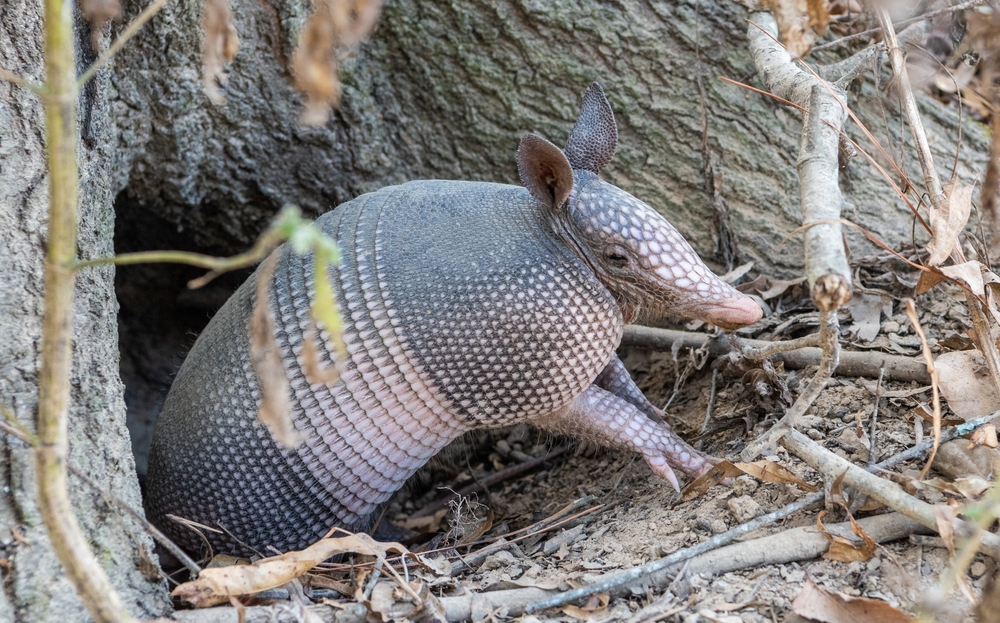
Armadillos are armored oddities with peculiar behaviors that have intrigued scientists for years. These creatures are known for their unique rolling defense mechanism and peculiar digging habits. But why do they always seem to cross roads at the most inconvenient times? Their propensity for becoming roadkill has sparked curiosity about their navigation and survival instincts.
Researchers are studying armadillo behavior to better understand their ecological role and how to protect them. Do they have a natural predisposition to explore, or is there a deeper biological drive at work? As scientists delve into the armadillo’s world, their antics continue to perplex and entertain. The armadillo’s mystery is a testament to the quirky wonders of the animal kingdom.
8. The Enchanting Eel Migration
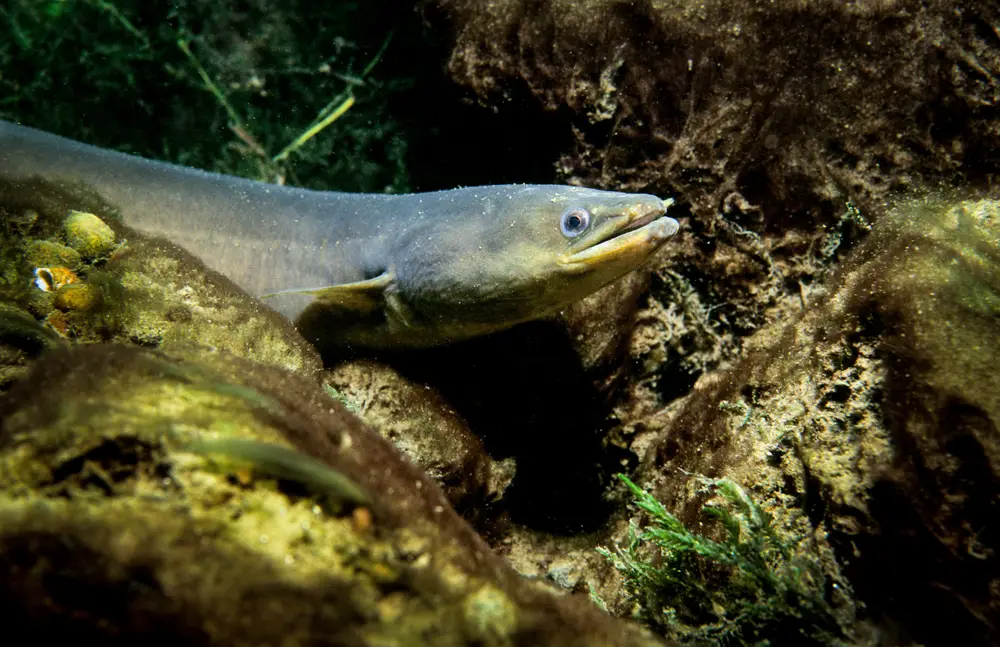
American eels embark on a mysterious migration from freshwater rivers to the Sargasso Sea to spawn, a journey that remains shrouded in mystery. These eels travel thousands of miles across the ocean, yet little is known about their life in the open sea. How do they navigate, and what guides them to their spawning grounds?
The life cycle of the American eel is an enigma, with scientists piecing together clues from both freshwater and marine environments. What secrets does the Sargasso Sea hold about these elusive creatures? As researchers study eel migration patterns, they uncover more questions than answers. The enchanting journey of the eel continues to intrigue and baffle marine biologists.
9. The Enigmatic Elks of Yellowstone
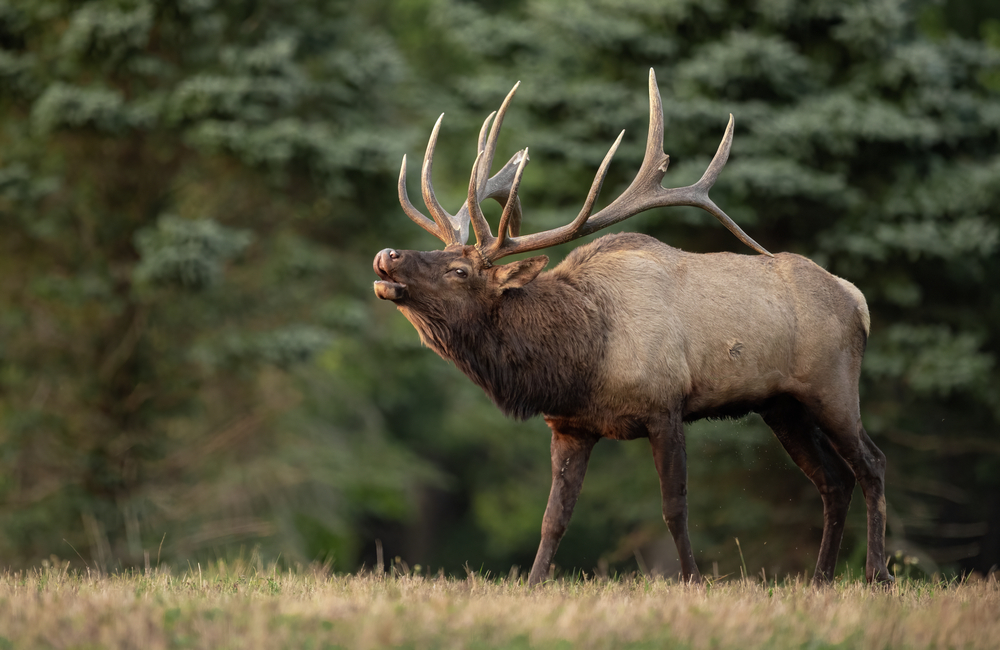
Yellowstone National Park is home to a mysterious phenomenon involving its elk population. Every year, these majestic animals embark on a migration that baffles scientists. Despite the harsh conditions and long distances, the elk navigate through snow-covered landscapes with remarkable precision. What drives this innate knowledge, and how do they maintain such accuracy?
Researchers are studying the elks’ migration patterns, hoping to uncover the secrets of their internal compass. Is it a combination of environmental cues, learned behavior, or something more instinctual? The mystery of the elks’ journey through Yellowstone is a captivating glimpse into the wonders of animal migration. As scientists continue their research, the elks remain a symbol of nature’s enduring mysteries.
10. The Bizarre Behavior of Black Bears
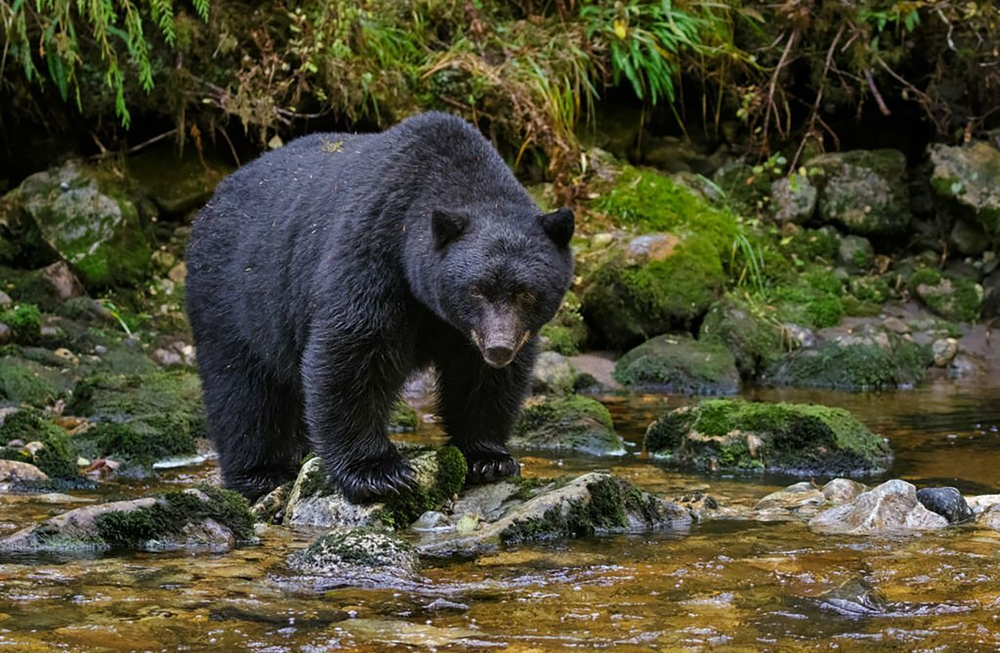
Black bears are known for their adaptability, but certain behaviors have left scientists scratching their heads. From climbing towering trees to swimming across vast lakes, these bears demonstrate remarkable agility and endurance. But why do some bears seem to prefer urban environments, rummaging through trash cans and wandering city streets?
The urbanization of black bears poses questions about their adaptability and survival instincts. Are they drawn to human settlements out of necessity or curiosity? Researchers are studying the bear’s behavior to better understand their interactions with human environments. As cities expand into bear territories, the mystery of their urban antics continues to unfold, challenging our perceptions of wildlife adaptability.
11. The Unexpected Oddity of the Opossum

Opossums, with their “playing dead” act, have long intrigued biologists. This peculiar defense mechanism is both fascinating and perplexing. How do these marsupials trigger such a convincing state of apparent death, complete with drooling and a foul odor? And why does it work so effectively against predators?
The opossum’s uncanny ability to deceive predators raises questions about its evolutionary origins. Researchers are investigating the neurological and physiological processes behind this behavior, hoping to understand its survival advantages. The opossum’s act is a testament to nature’s ingenuity and remains one of the most curious mysteries of the animal kingdom.
12. The Mysterious Melodies of the Mockingbird
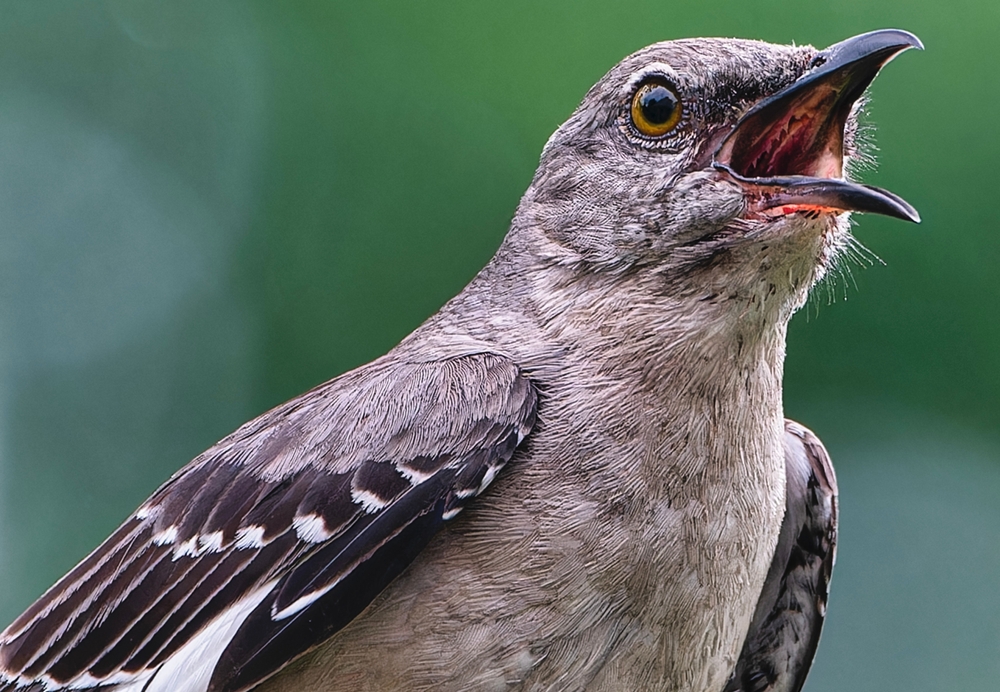
Mockingbirds are known for their impressive vocal mimicry, often imitating other bird species, animals, and even mechanical sounds. But what drives this behavior, and how do they achieve such accuracy? Scientists are exploring the neurological and social factors that influence the mockingbird’s repertoire.
Understanding the mockingbird’s mimicry could provide insights into avian communication and learning processes. Why do these birds invest so much energy in imitating others, and what are the benefits? As researchers unravel the complexities of the mockingbird’s song, they uncover more about the intricate world of avian communication. The mystery of the mockingbird’s melodies continues to enchant and perplex ornithologists.
13. The Strange Survival of the Salamander
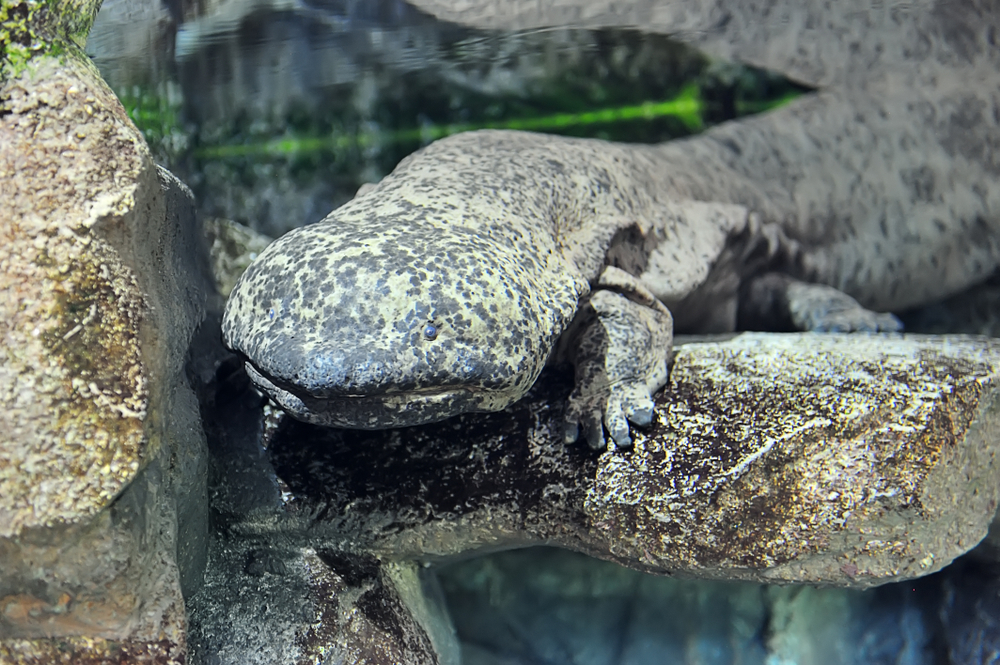
Salamanders have the remarkable ability to regenerate lost limbs, a phenomenon that has captivated scientists for decades. How do they achieve this feat without scarring, and why don’t other animals possess similar capabilities? Researchers are studying salamander regeneration to unlock the secrets of tissue regeneration and healing.
The salamander’s regenerative abilities offer potential breakthroughs in medical science, particularly in wound healing and limb regeneration. But what are the genetic and molecular mechanisms that allow for this extraordinary process? As biologists delve into the salamander’s biology, they uncover the complexities of regeneration, shedding light on one of nature’s most intriguing mysteries.
14. The Intriguing Independence of the Indigo Bunting
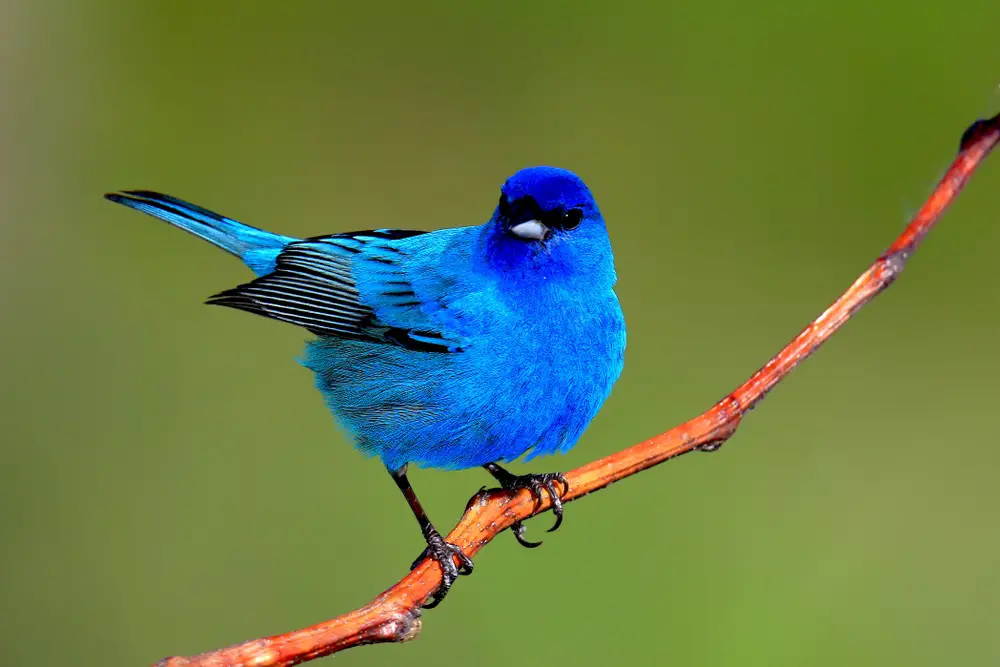
The Indigo Bunting, a small and strikingly colored bird, migrates across vast distances with remarkable precision. How do these birds navigate thousands of miles, often traveling solo rather than in flocks? Scientists are studying their migration patterns to understand the mechanisms behind their navigational skills.
The Indigo Bunting’s journey raises questions about the role of environmental cues and innate instinct in avian navigation. How do they maintain course without group guidance? As researchers explore the mysteries of these solo travelers, they gain insights into the broader phenomena of bird migration. The independence of the Indigo Bunting is a captivating mystery that continues to challenge ornithologists.
15. The Puzzling Patterns of the Painted Turtle
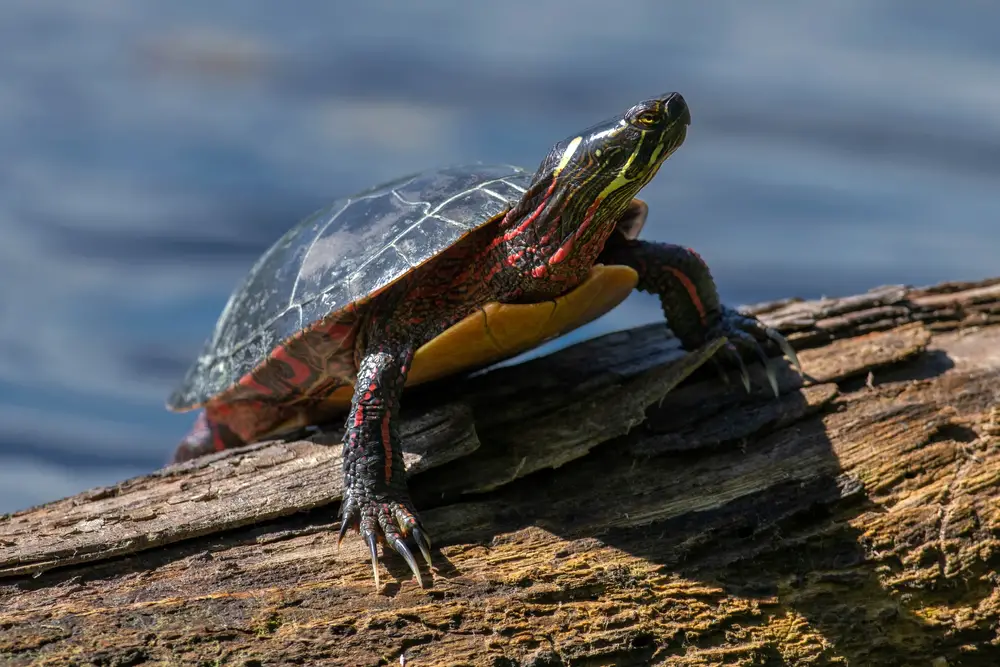
Painted turtles exhibit a curious behavior known as basking, spending hours sunning themselves on logs and rocks. While the benefits of basking include thermoregulation and parasite control, the patterns of this behavior remain a mystery. Why do some turtles bask more than others, and what factors influence their choice of basking spots?
Researchers are studying the ecological and physiological aspects of basking behavior to understand its role in turtle survival. Are there unseen benefits or risks associated with basking? The painted turtle’s patterns offer insights into reptilian behavior and adaptation, but the full picture remains elusive. As scientists continue their investigations, the mystery of the painted turtle’s basking habits captivates and confounds.
